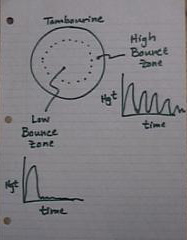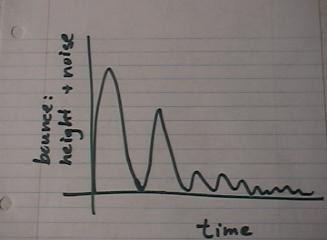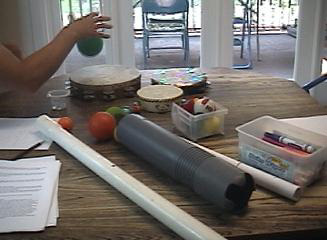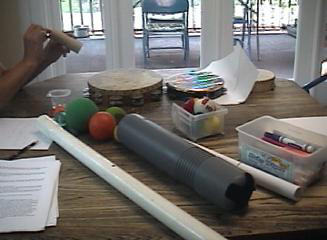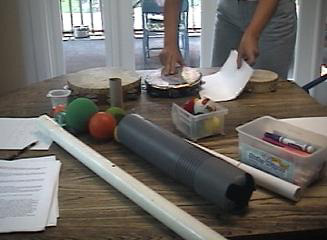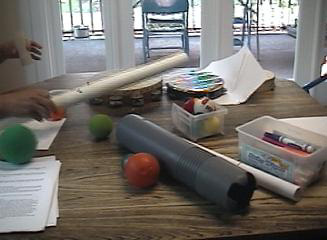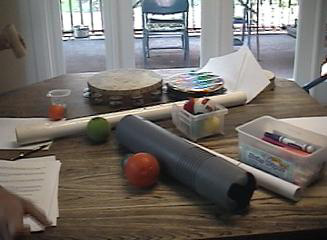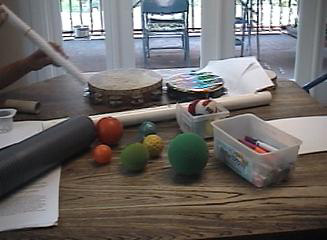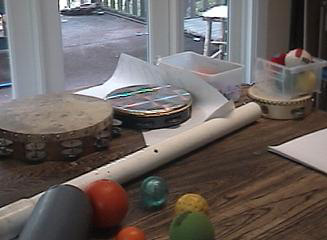|
Setup: The materials for the project are assembled on the work surface. |
Nerf ball: bouncing a Nerf ball on one of the tambourines
|
|
|
Paper roll launch: Using the rolled paper tube as the launch tube.
|
|
Scoreboard: A close up of the scoreboard that was added.
|
|
Basket: The scoreboard has been removed and the pencil basket was added after the paper baffle.
|
|
|
Paola Addamiano
October 07, 2013
0 Comment
© InnovativECE. All Rights Reserved
Site by Christian Schmid


